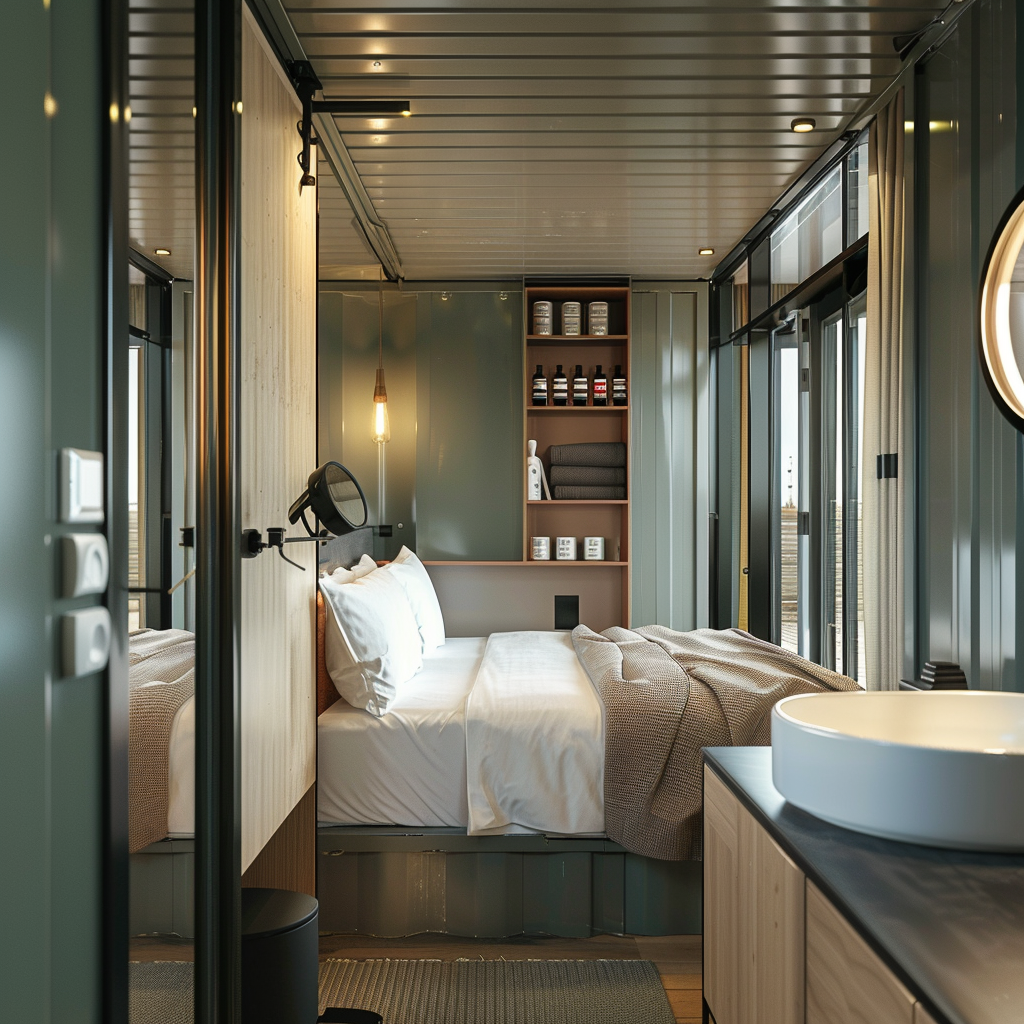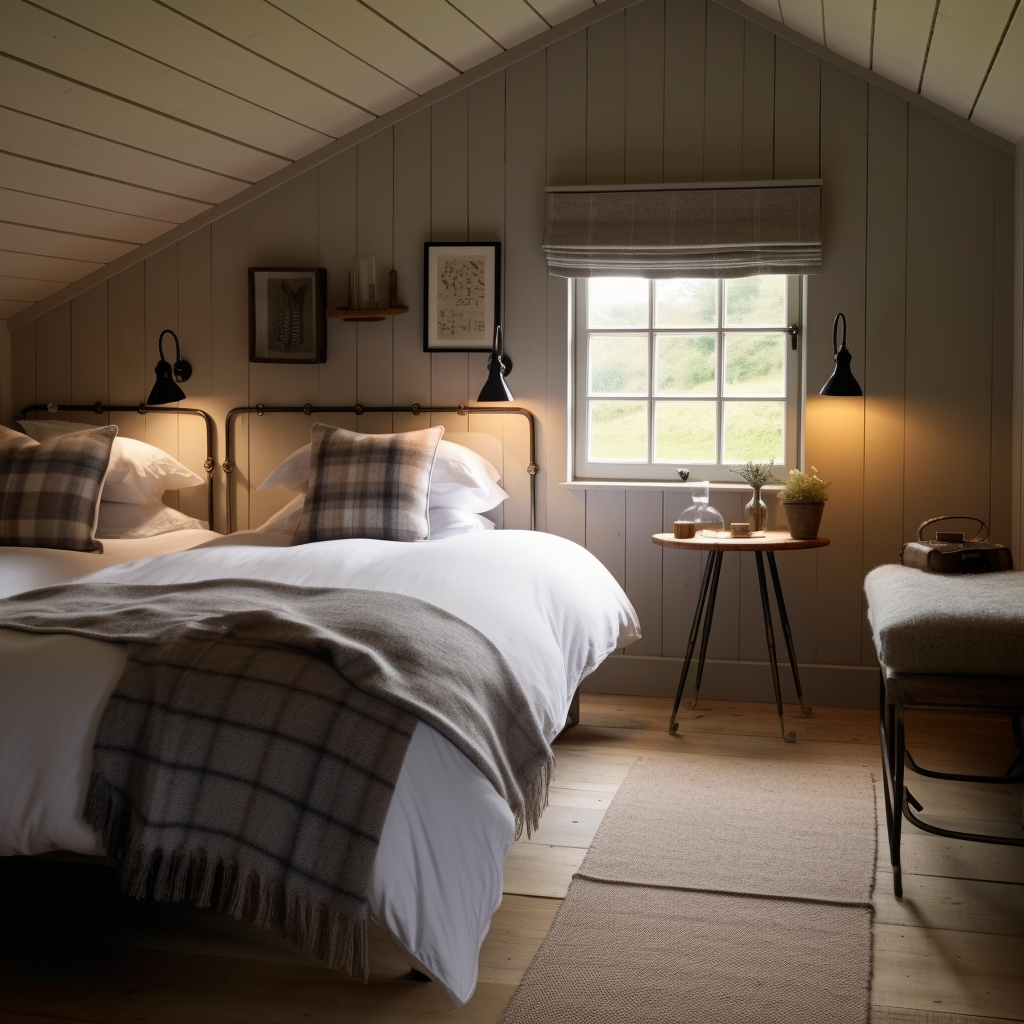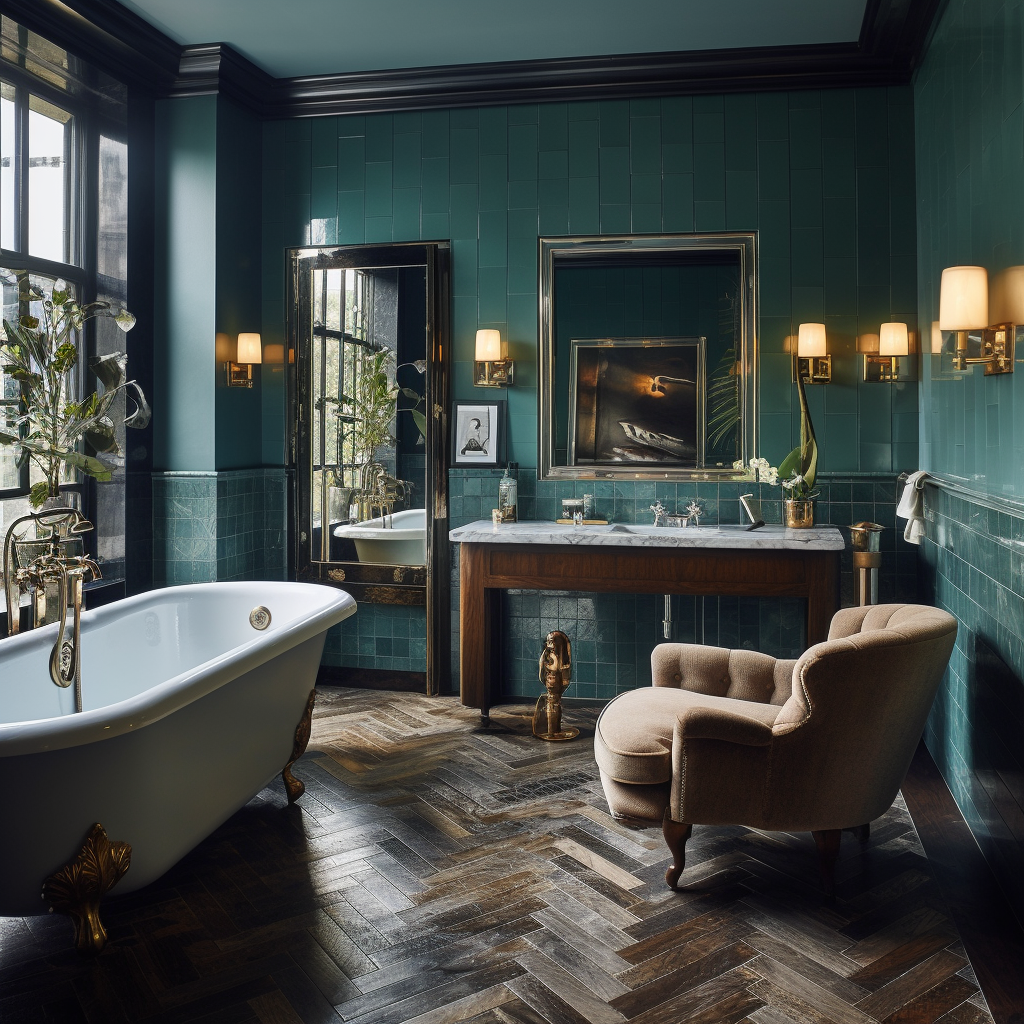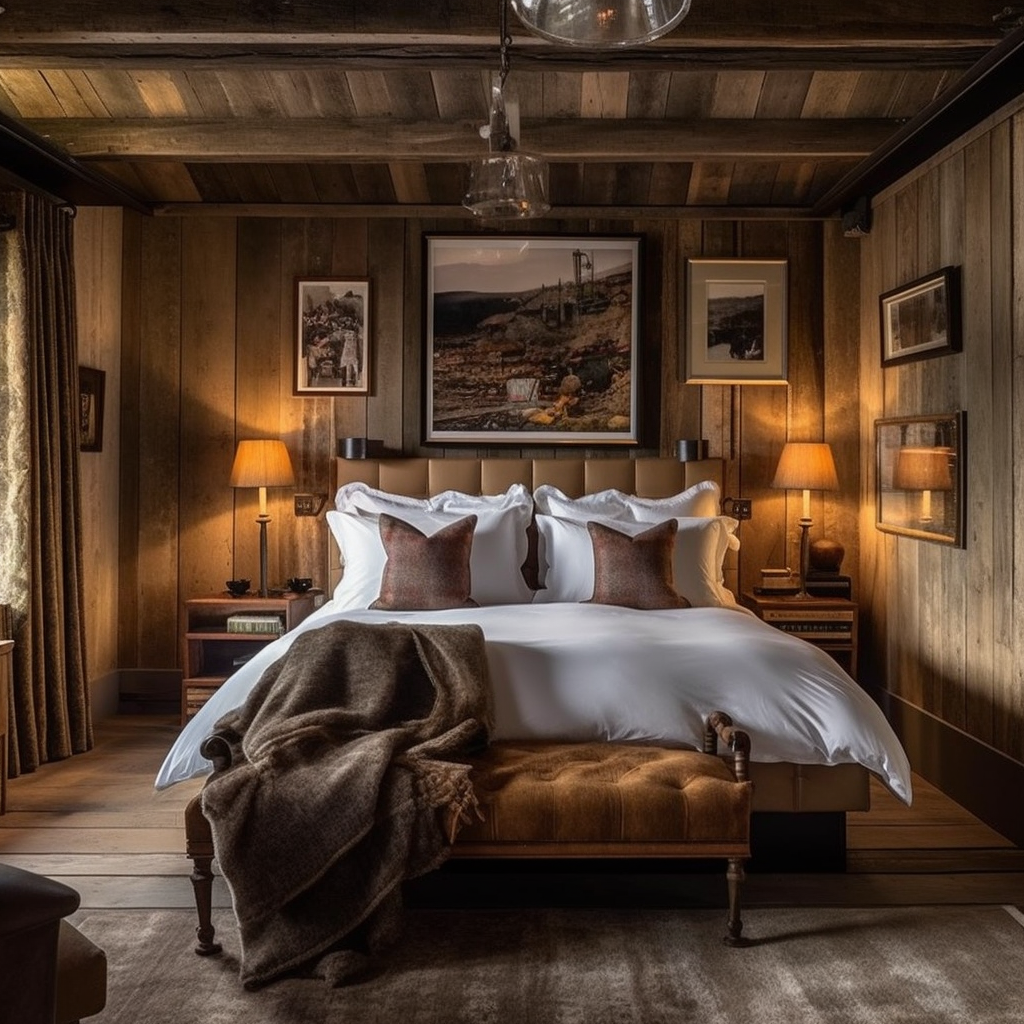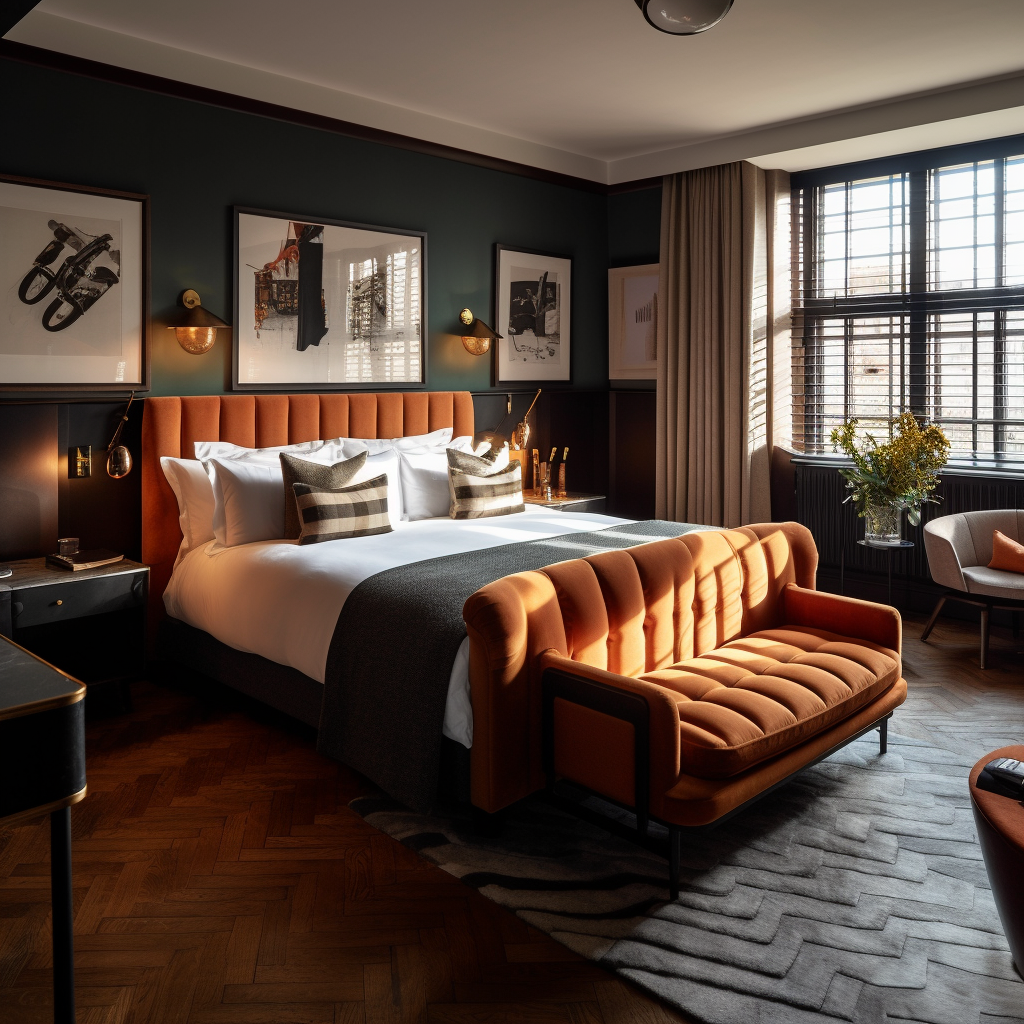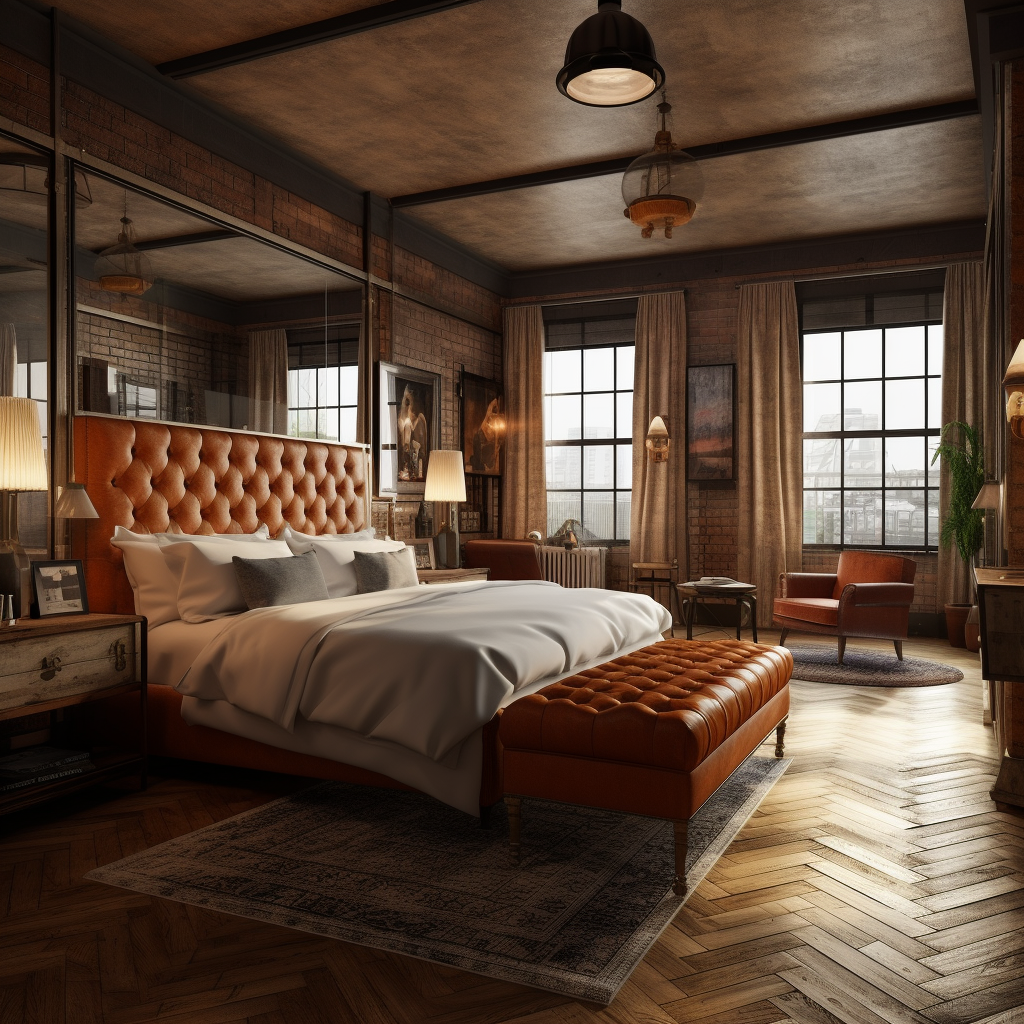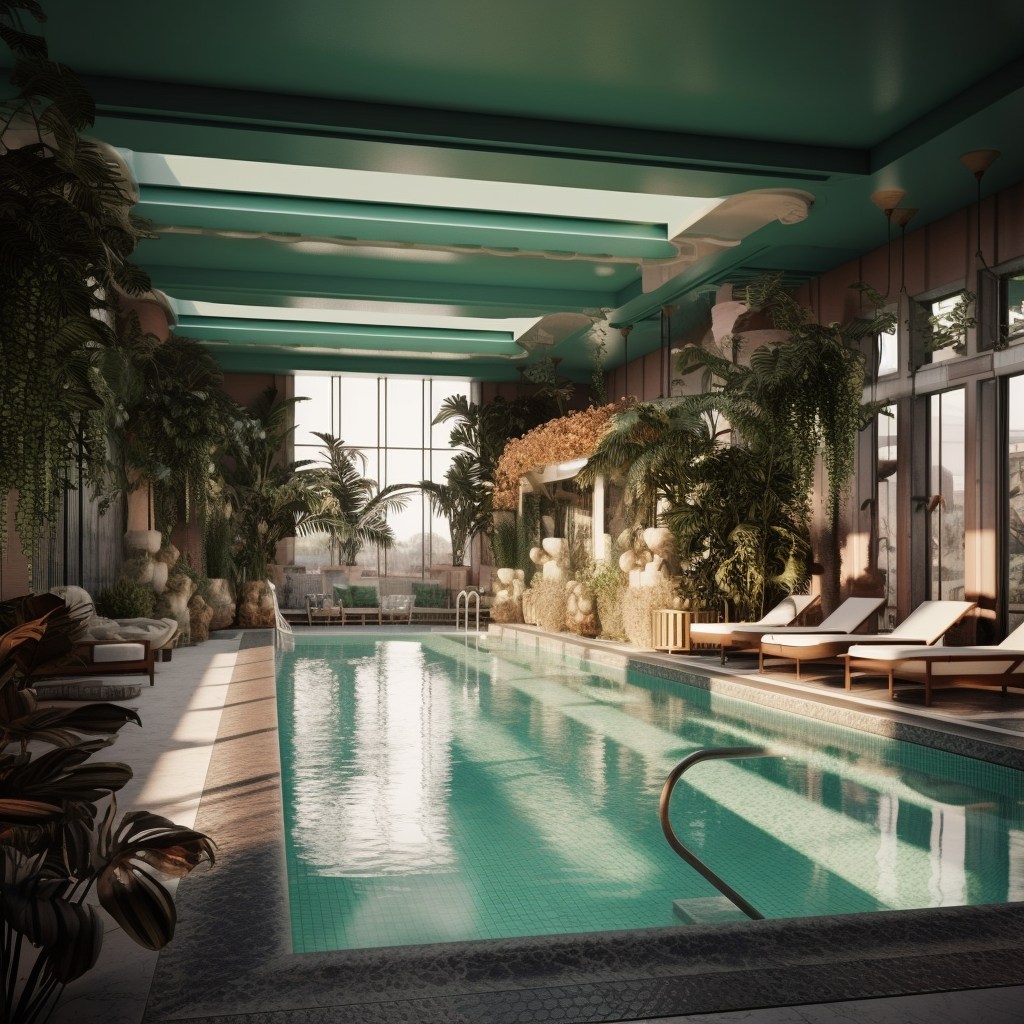The Sleep Renaissance: A Designer's Perspective on the Rise of Sleep Tourism
Sleep tourism, at its core, centers around the notion of traveling not just for sightseeing or adventure, but for the purpose of indulging in the ultimate luxury experience of a good night's sleep. In recent years, we've witnessed a seismic shift in travelers' priorities, with an increasing emphasis placed on wellness and relaxation.
In recent years, there has been a remarkable surge in the phenomenon of sleep tourism, a trend that has reshaped the hospitality industry landscape. With the advent of social media platforms, the allure of luxurious accommodations and the promise of a restful night's sleep have captured the imagination of travelers worldwide. Today, we delve into the intriguing intersection of sleep tourism and social media, exploring its impact and implications for the realm of hospitality design.
Social media platforms such as Instagram, Facebook, and Twitter have become powerful catalysts for the rise of sleep tourism. Through captivating visuals and persuasive narratives, hotels and resorts showcase their sleep-centric amenities, enticing travelers with promises of unparalleled comfort and relaxation. The ubiquity of smartphones and the ease of sharing content have facilitated the dissemination of aspirational images, creating a virtual marketplace where sleep becomes not just a necessity but a sought-after luxury experience.
In this digital age, the quest for the perfect "Instagrammable" moment has become intertwined with the pursuit of travel experiences. As travelers document their journeys online, they seek out accommodations that not only provide exceptional service but also serve as picturesque backdrops for their social media feeds. This has fueled demand for hotels and resorts that prioritize aesthetic appeal and experiential luxury, with sleep quality emerging as a focal point of differentiation.
So, what does this mean for the hospitality design sector? Well, for starters, it underscores the importance of creating visually captivating spaces that resonate with the desires and aspirations of modern travelers. In an era where Instagram-worthy moments reign supreme, hotels must strive to curate environments that are not only aesthetically pleasing but also conducive to rest and relaxation.
So, what does this mean for the hospitality design sector? From our perspective as designers, it presents both challenges and opportunities. On one hand, the pressure to create visually stunning environments that resonate with social media audiences can lead to a superficial focus on aesthetics at the expense of functionality. However, it also opens up avenues for innovation and creativity, encouraging us to reimagine traditional design paradigms and integrate cutting-edge technologies that enhance the guest experience.
When designing hotels in the era of sleep tourism, our approach is informed by a deep understanding of the symbiotic relationship between design and well-being. We recognize that the ultimate luxury for travelers is not just a lavish setting but an environment that promotes restorative sleep and holistic wellness. As such, we place a premium on incorporating elements that contribute to optimal sleep quality, from ergonomic furnishings to soundproofing measures and customizable lighting systems.
Moreover, we recognize the importance of creating spaces that evoke a sense of tranquility and sanctuary, providing respite from the stresses of modern life. Biophilic design principles, which emphasize the integration of natural elements into built environments, play a central role in our design philosophy, fostering connections with nature that have been shown to enhance relaxation and sleep quality.
However, amidst the allure of Instagrammable aesthetics, it is essential not to lose sight of the fundamental purpose of sleep tourism – to provide guests with a restorative and rejuvenating experience. While visual appeal is undoubtedly important, it must always be complemented by functionality and comfort.
In essence, the rise of sleep tourism propelled by social media represents a paradigm shift in the hospitality industry, one that challenges us as designers to redefine luxury and prioritize the well-being of guests. By embracing this shift and leveraging technology and design innovation, we can create hotels and resorts that not only captivate the imagination but also nurture the body, mind, and soul. As we embark on this journey, let us remain mindful of the transformative power of design to shape the way we experience the world around us.


